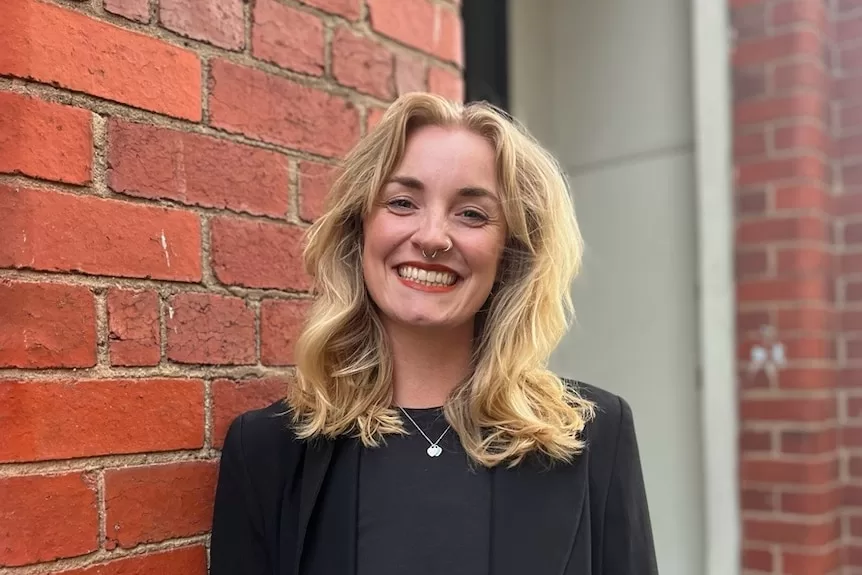More than a quarter of patients getting cervical screening are now opting to collect samples themselves rather than by a healthcare professional.
The test is used to detect Human Papillomavirus (HPV) which often shows no symptoms and is responsible for almost all cases of genital warts and cervical cancer.
Eligibility for self-collection using a swab at a GP, or in some cases at home, expanded in mid-2022 when just one in 10 patients were self-collecting.
According to data from the National Cancer Screening Register, 27 per cent are now choosing the DIY option.
It appears to be helping increase collection from groups that are typically under screened, including people in very remote areas and/or the NT, those who are over 70 and poor patients.
DIY swab vs pap smear: what’s the difference?
When eligibility expanded in mid 2022, the following three months saw 13,728 self-collected HPV screening tests.
In the last three months of 2023, 87,913 patients did the same.
One of them was 25-year-old Melbourne research assistant Mikayla Wolfe who did her own test at a self-collection event.
“I still felt quite nervous about doing it, but I also felt quite empowered, and like I had the control to be able to do things, and do it in my own way and in my own kind of time frame,” she said.
Ms Wolfe had spent the year researching how self-collection could increase uptake in the LGBTQIA+ community, but it was the first time she’d ever had the test done herself.
“I found that I fumbled the little swab a little bit because it’s quite small.
“[But] once I kind of settled and was like, actually, you can do this in your own time, it’s fine.
“It was, in the end, a really good experience and I really enjoyed being able to do it myself.”
The self-collection process isn’t exactly the same as the type done by a healthcare professional but the results are just as accurate and reliable.
Patients collect a sample by swabbing their vagina for 30 seconds, using a kit similar to a PCR COVID test.
When a healthcare professional performs the cervical screening test, they collect a sample further into the body from the cervix during a speculum examination.
Before 2017, patients were told to get pap smears every two years but these were then replaced with the cervical screening test every five years which improves early detection.
According to the Cancer Council it takes about 10 to 15 years for a persistent HPV infection to cause cell changes in the cervix that might become cancer, hence the change from two to five years.
Who is leading the charge?
Those who have been under-screened in the past are leading the high uptake of the self-screening option.
These patient groups have particularly high rates:
- Living in very remote areas: 51 per cent
- Northern Territory residents: 47 per cent
- 70+: 34 per cent
- Financially disadvantaged: 29 per cent
In her research, Ms Wolfe found healthcare professionals observed self-collection appeared to give many LGBTQIA+ patients an extra sense of control and autonomy.
Executive director of the Australian Centre for Prevention of Cervical Cancer Marion Saville said the availability of self-screening has improved access for many who have avoided testing in the past.
“We know that the major risk for developing cervical cancer in Australia is not participating in screening.
“We know that our previous model, where you went to the doctor or nurse and you had a pelvic exam with a speculum, was not acceptable to many people in our community and not culturally appropriate for many, not suitable for people who’ve experienced sexual trauma.
“So for all those reasons where there might be that reluctance to have that exam, this is a game changer in acceptability, a real breakthrough in our ability to reach the people we really want to reach.”
Elimination within reach
Professor Saville said self-collection forms a key part of Australia’s national cervical cancer elimination strategy.
“Australia could be the first country in the world [to eliminate cervical cancer] and while vaccination and treatment of cervical cancer are part of that, the middle pillar is screening and getting our screening rates up and reaching those people we haven’t been able to reach.
“Improving equity is really important and self collection is a great tool for that.”
The threshold for elimination is fewer than four cases of cervical cancer per 100,000 patients. Australia is aiming to reach this by 2035.
“In the near term, screening has the biggest impact,” said Professor Saville.
“So anything we can do to expand the reach of screening is going to accelerate, elimination of cervical cancer and reaching that target.”
Loading Instagram content
Assistant Health Minister Ged Kearney said the latest update from the National Cancer Screening Register shows Australia is on track to reach its target.
“As a former nurse, I understand the importance of providing tailored and accessible healthcare to women,” she said.
“These tests are doing just that – they’re more private, culturally safe and available to women in remote areas.”
HPV often shows no symptoms and can go away by itself but can also lead to throat cancer, anal cancer, vaginal cancer and penile cancer.
In 2023, a Senate inquiry examining sexual and reproductive health called for the federal government to engage in public health campaigns around sexually transmitted infections like HPV, targeting particularly vulnerable groups.
The federal government’s response is now six months overdue despite health ministers saying it would inform planned changes to improve access to reproductive and sexual health care.
